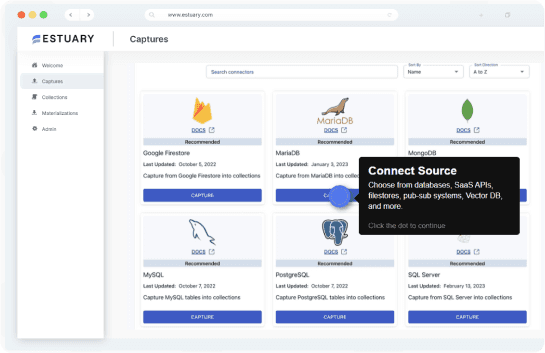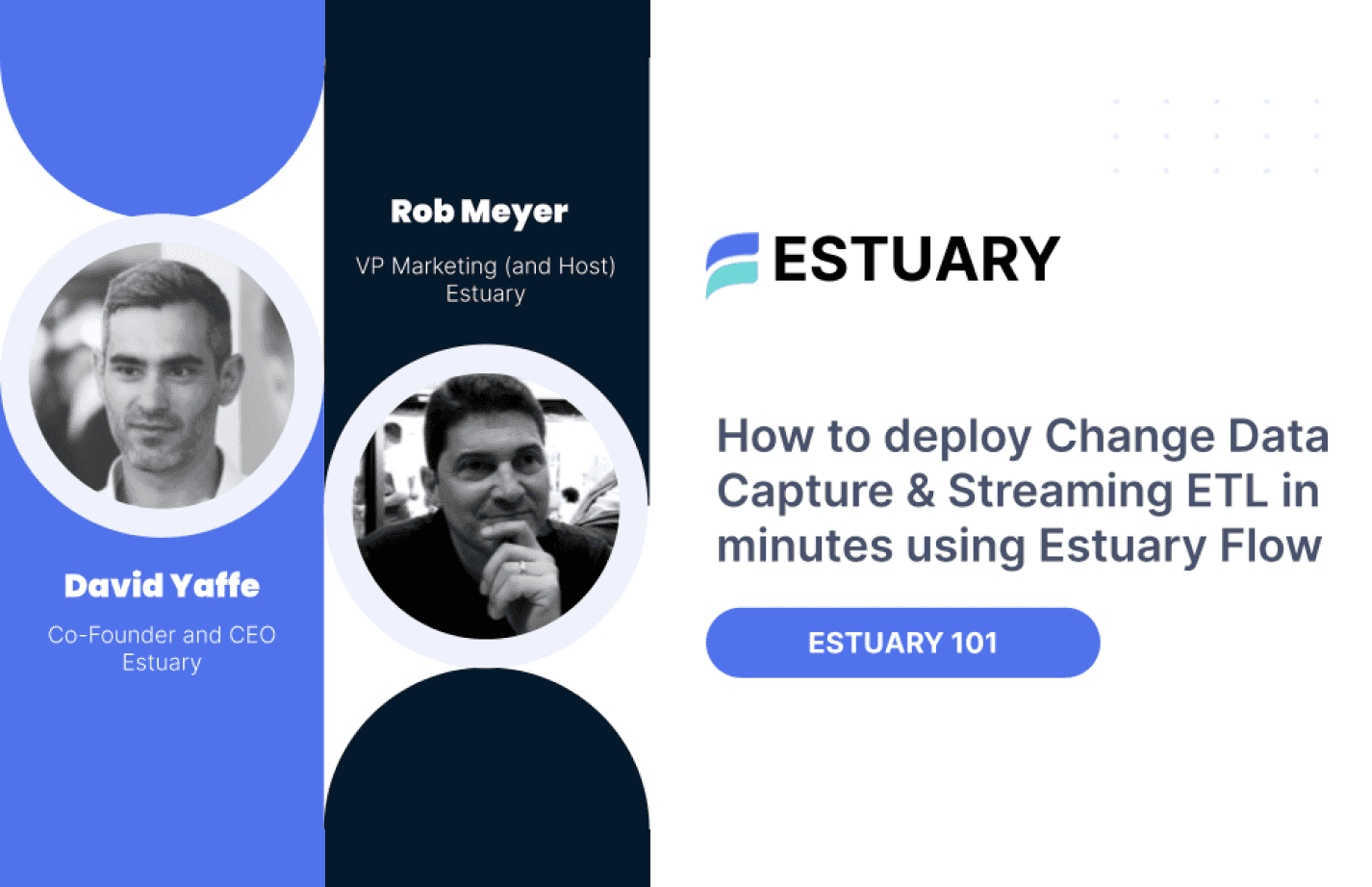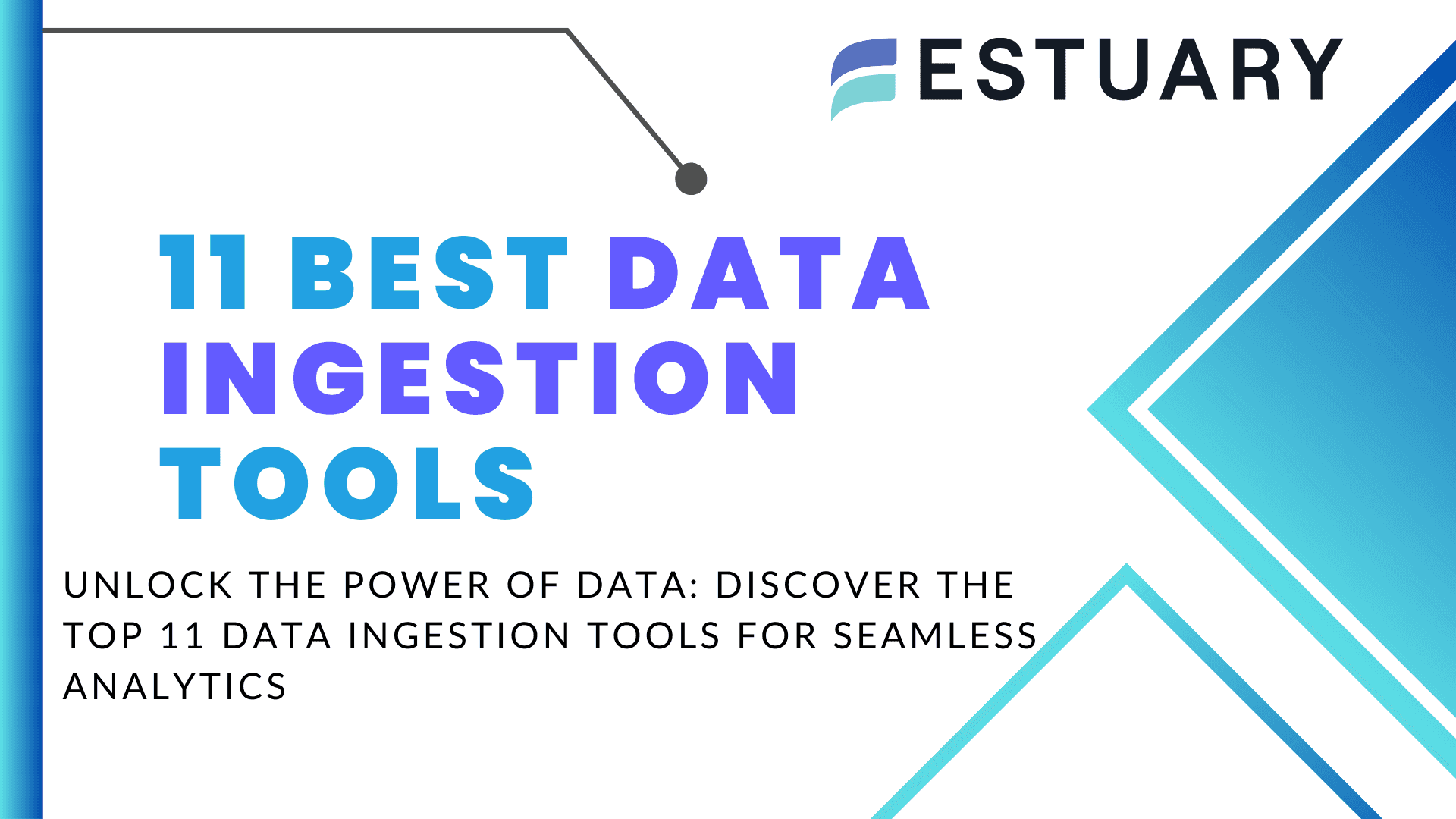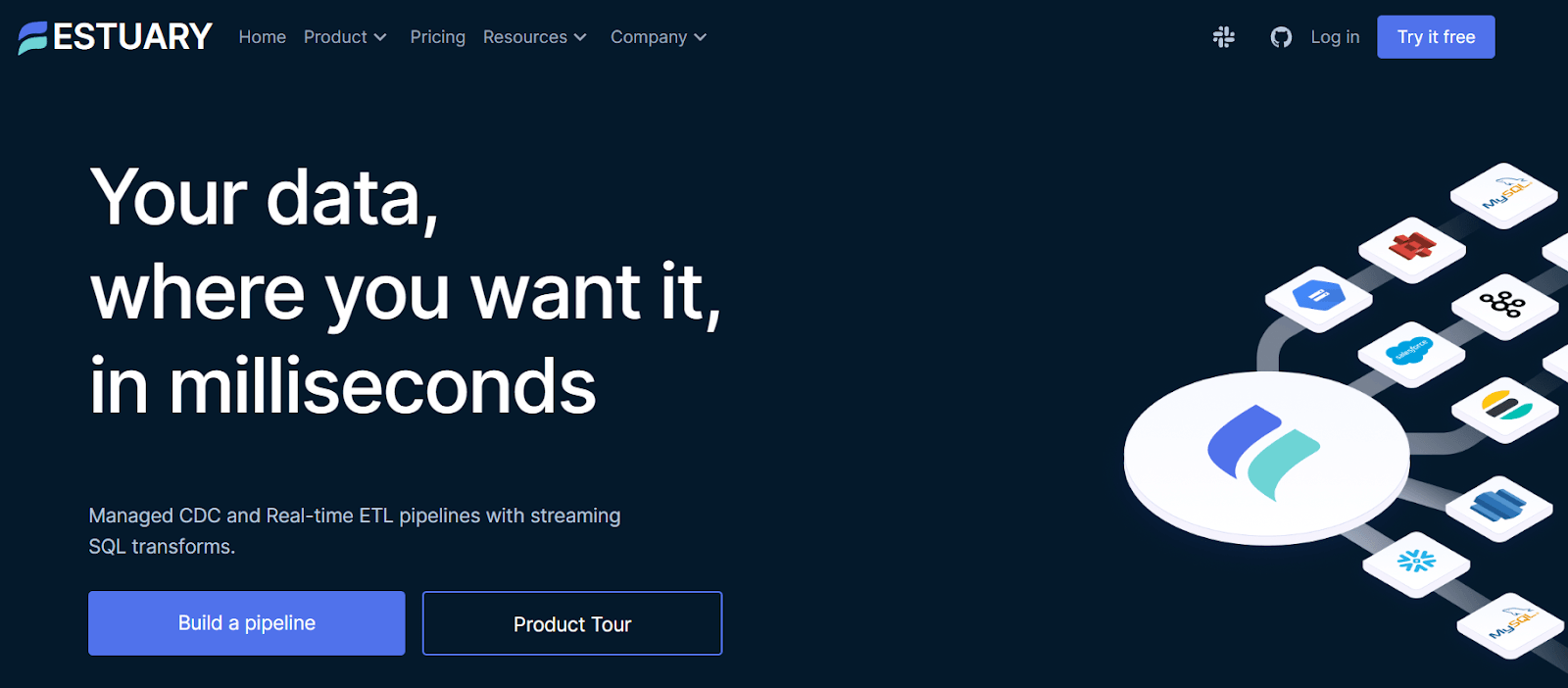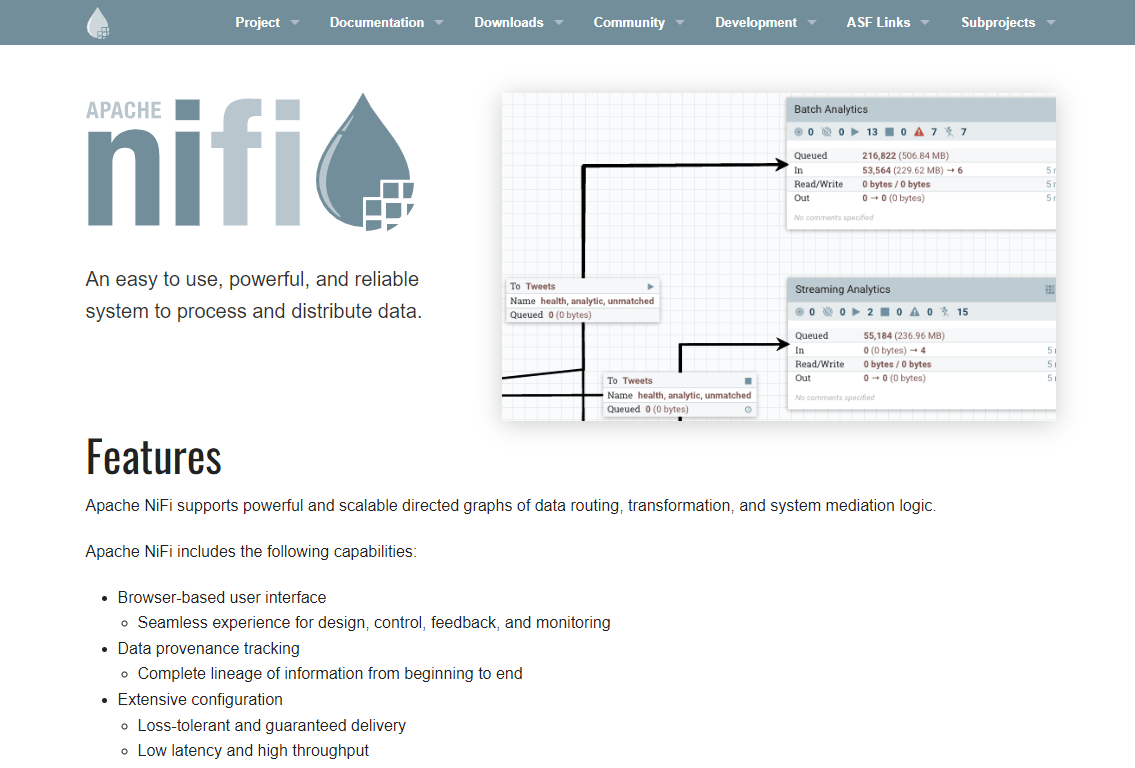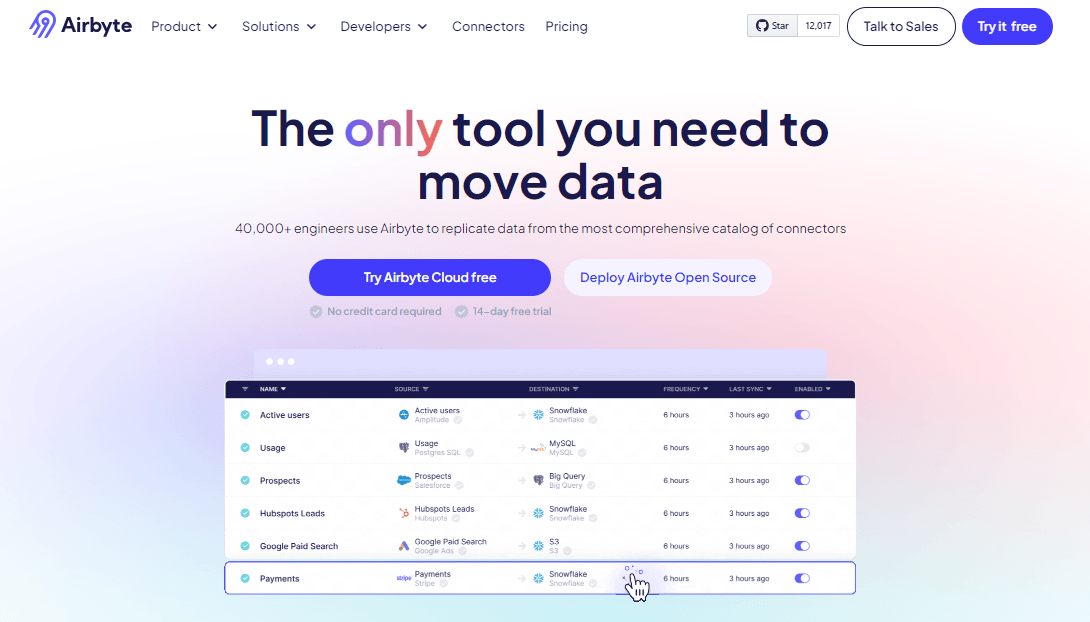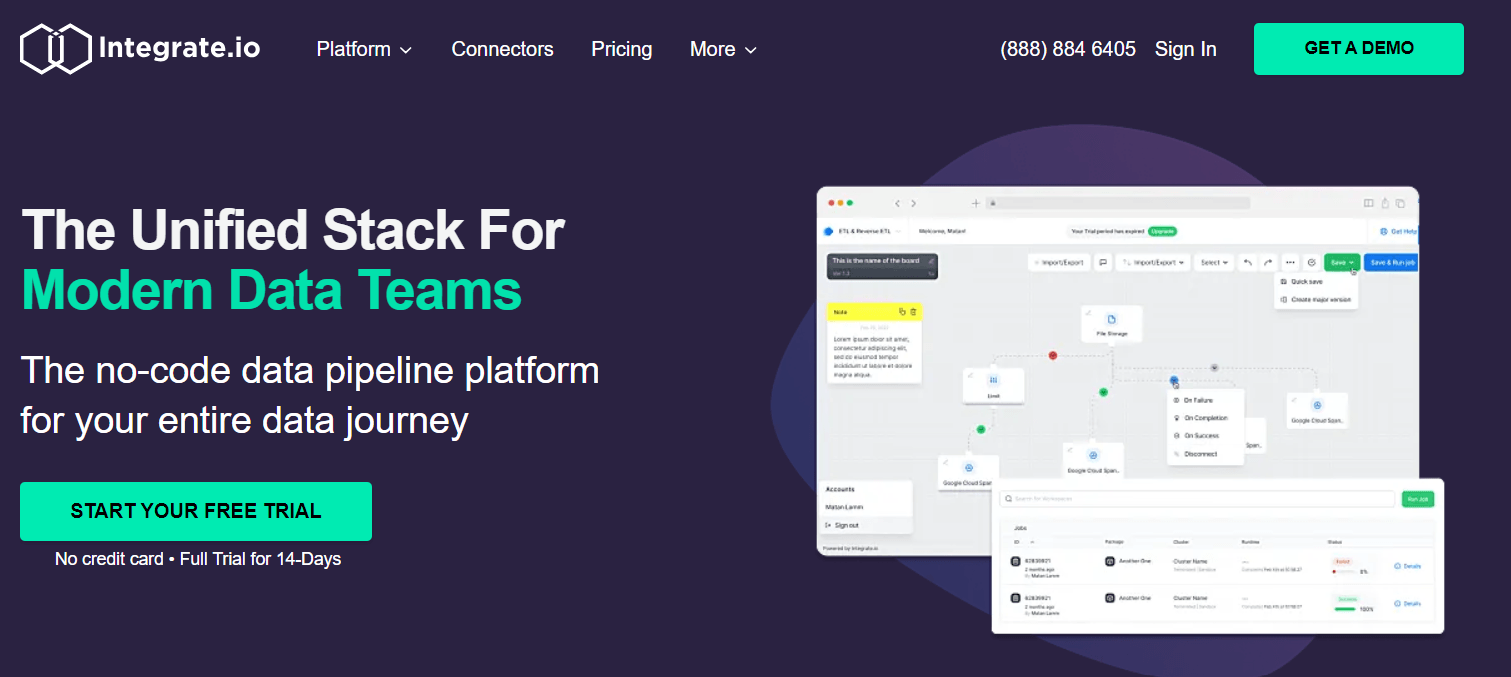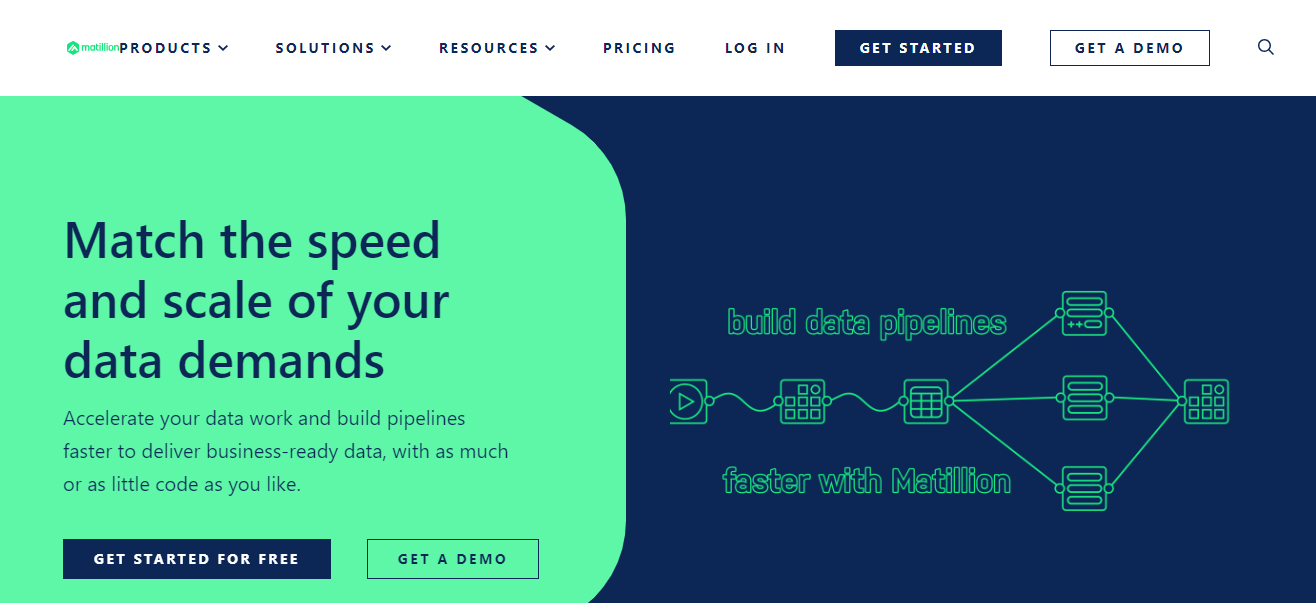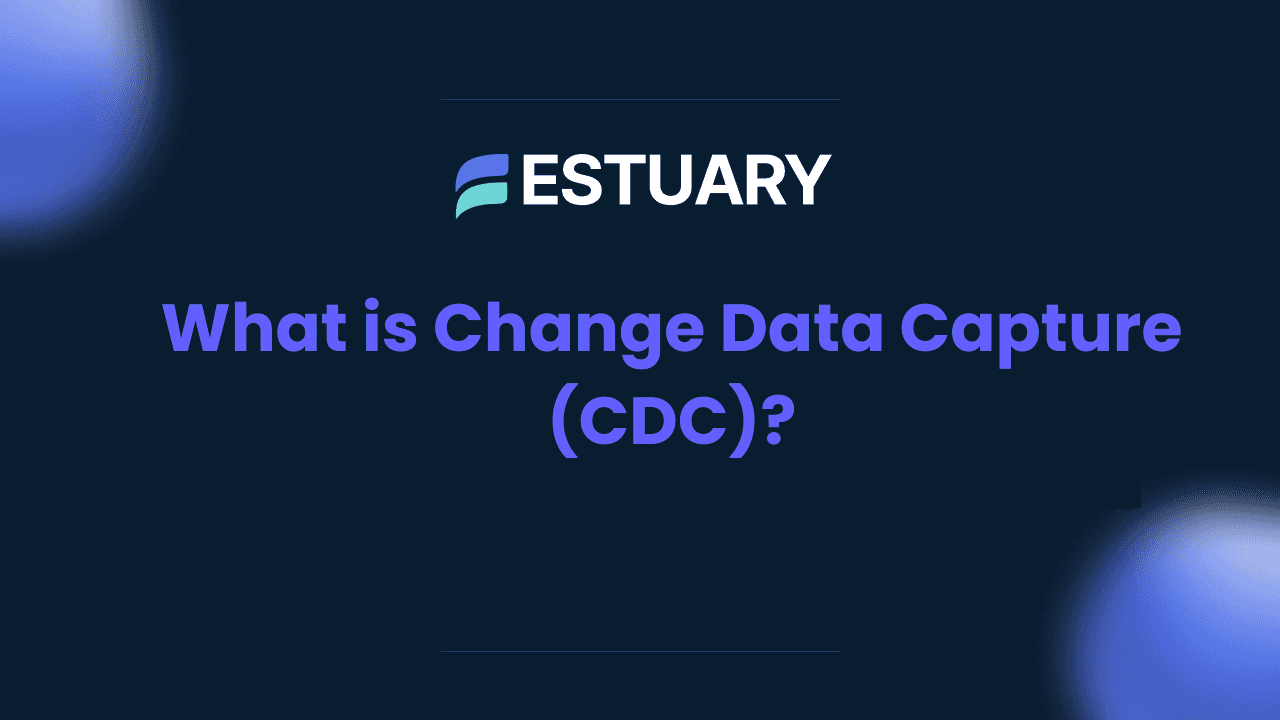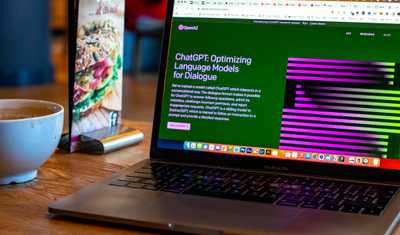
Need to move data from dozens of sources into your analytics platform without delays or complex plumbing? That is exactly what data ingestion tools are built for. These platforms automate the collection and delivery of data from APIs, databases, cloud apps, IoT devices, and more, so you can unlock insights faster.
Whether you are building a real time dashboard, syncing massive datasets to the cloud, or enabling cross system automation, the right data ingestion tool can make or break your pipeline.
In this guide, we break down 13 of the best data ingestion tools for 2025, including Estuary, Apache Kafka, Confluent Cloud, and Talend, so you can pick the one that fits your use case, data volume, and tech stack.
Key Takeaways
- Data ingestion is the process of collecting and transferring data from multiple sources into centralized systems for analytics and operations.
- Modern data ingestion tools support both batch and real time processing and can handle structured, semi structured, and unstructured data.
- These tools are essential for building scalable data pipelines and delivering fast, reliable insights.
- Choosing the right tool depends on factors such as data volume, velocity, source compatibility, integration needs, and deployment model (cloud or on premises).
- Popular data ingestion tools in 2025 include Estuary, Apache Kafka, Talend, Airbyte, and Apache NiFi, along with managed streaming services like Amazon Kinesis and Azure Event Hubs and CDC platforms such as Debezium.
What Is Data Ingestion?
Data ingestion is the process of collecting data from multiple sources and moving it into a centralized system for storage, analytics, or downstream processing. It ensures that data generated across applications, databases, SaaS platforms, devices, and event streams can be used consistently and efficiently in your data stack.
A modern ingestion layer typically:
- Captures data from diverse sources (APIs, databases, logs, IoT, SaaS apps)
- Transfers it to destinations like data warehouses, lakes, or streaming systems
- Normalizes or lightly prepares the data so downstream systems can consume it
Unlike full ETL/ELT, which focuses on heavy transformations and modeling, ingestion is about reliably getting data in motion — whether in batches or continuously. It is the foundation for analytics, machine learning, automation, and real time decision-making.
Types of Data Ingestion
Data ingestion generally falls into two core categories: batch ingestion and real time ingestion. Most modern pipelines use one or both depending on freshness needs, system load, and cost.
Batch Data Ingestion
Batch ingestion collects data over a defined period—minutes, hours, or days—and delivers it in bulk.It’s ideal when immediate updates aren’t required or when working with large datasets.
Best for:
- Daily/weekly reporting
- Scheduled warehouse loads
- Historical data imports
- Cost-efficient, non-urgent pipelines
Advantages:
- Lower compute cost
- Easier to schedule and maintain
- Can process very large datasets at once
Trade-offs:
- Higher latency
- Not suitable for time-sensitive use cases
Real-Time Data Ingestion
Real-time ingestion processes data the moment it is generated, delivering events, messages, or changes within milliseconds to seconds.
This continuous flow supports applications that depend on up-to-date information.
Best for:
- Dashboards and live analytics
- Fraud detection
- IoT and sensor streams
- Event-driven applications
- CDC-based database syncing
Advantages:
- Low latency
- Immediate data availability
- Enables automation and rapid decision-making
Trade-offs:
- More complex infrastructure
- Requires stronger scalability and fault tolerance
Where CDC Fits In
Change Data Capture (CDC) is a specialized form of real-time ingestion that streams inserts, updates, and deletes from databases by reading logs. It keeps downstream systems continuously in sync without heavy batch jobs.
CDC has become a key part of modern ingestion because it provides fresh data with minimal overhead.
Data Ingestion Tools Comparison Table (2025)
A quick, high level comparison to help evaluate your options at a glance.
| Tool | Real-Time Support | Batch Support | Best For | Deployment | Complexity |
|---|---|---|---|---|---|
| Estuary | Yes (streaming + CDC) | Yes | Unified real time and batch pipelines | Cloud | Low–Medium |
| Apache Kafka | Yes | Limited | High throughput event streaming | Self hosted / Cloud | High |
| Confluent Cloud | Yes | Limited | Managed Kafka based streaming & ingestion | Cloud (multi cloud) | Low–Medium |
| Amazon Kinesis | Yes | Yes | AWS native streaming ingestion | Cloud (AWS) | Medium |
| Azure Event Hubs | Yes | Limited | Azure native event and telemetry ingestion | Cloud (Azure) | Medium |
| Apache NiFi | Yes | Yes | Visual flow based ingestion & routing | Self hosted | Medium–High |
| Talend | Yes | Yes | Enterprise ETL with governance | Cloud / On premises | Medium–High |
| Airbyte | Yes (limited streaming) | Yes | ELT into cloud warehouses | Cloud / Self hosted | Low–Medium |
| Debezium | Yes (CDC) | No | Log based CDC from operational databases | Self hosted / Kubernetes | Medium–High |
| Integrate.io | Near real time | Yes | Managed ELT to warehouses | Cloud | Low |
| StreamSets | Yes | Yes | Dataflow governance, data drift handling | Cloud / Hybrid | Medium–High |
| Matillion | No (ELT focus) | Yes | Cloud warehouse centric ETL/ELT | Cloud | Low–Medium |
| Fluentd | Yes | Yes | Log collection & observability ingestion | Self hosted / Kubernetes | Medium |
13 Top Data Ingestion Tools
Let’s examine the detailed reviews of the 13 best data ingestion tools to find the one that best suits your needs.
1. Estuary
Estuary is a right time data platform that unifies batch, streaming, and CDC based ingestion in a single managed service. Right time means you can choose when data moves, from sub second replication for real time use cases to scheduled batch loads for heavier jobs. Estuary connects to databases, SaaS tools, object storage, and event streams, then delivers cleaned and structured data to warehouses, lakes, and other downstream systems.
It is fully managed in the cloud, with a visual UI for data teams and a CLI or Git driven workflow for engineers, so both technical and semi technical users can work in the same platform.
Key Features
- Unified batch and streaming ingestion: Build pipelines that support both streaming and scheduled batch ingestion without maintaining separate tools or code paths.
- Change Data Capture (CDC) from databases: Capture inserts, updates, and deletes from transactional systems and keep downstream stores in sync with low latency.
- Extensive connector library: Ingest from relational databases, NoSQL stores, SaaS applications, files, and object storage, then deliver data to warehouses, lakes, message queues, and operational systems.
- In flight transformations: Use SQL based transformations to filter, join, aggregate, and reshape data as it flows, rather than relying on separate transformation jobs.
- Exactly once delivery semantics: Pipelines are designed to avoid duplicates and data loss, even during failures or restarts, which is critical for financial, operational, and compliance use cases.
- Schema management and evolution: Estuary tracks schemas and helps handle changes, reducing the amount of manual schema maintenance required when sources evolve.
- Secure and flexible connectivity: Connect to on premises or VPC isolated systems using private networking and SSH tunneling, while keeping credentials and secrets managed securely.
- Dev friendly workflow: A UI for quick setup, plus specifications and CLI support for version control, automation, and integration with existing engineering workflows.
Pricing
Estuary offers a free tier suitable for evaluation and smaller pipelines, along with paid cloud and enterprise plans for higher volumes and advanced requirements. Pricing is usage aware and you can estimate costs based on event volume, destinations, and environments before committing.
Best for: Teams that need a single platform to handle real-time, CDC, and batch ingestion without managing multiple tools or pipelines.
2. Apache Kafka
Apache Kafka is a distributed event streaming platform designed for high-throughput, real-time data ingestion. It’s widely used for collecting logs, clickstreams, IoT events, and microservice messages at scale.
Key Features
- High Throughput & Durability: Replicated, partitioned logs allow Kafka to handle millions of events per second with built-in fault tolerance.
- Real-Time Ingestion: Low-latency publish/subscribe makes Kafka ideal for continuous, real-time pipelines.
- Kafka Connect Ecosystem: Large library of source and sink connectors for databases, cloud services, and SaaS apps.
- Horizontal Scalability: Add brokers and partitions to scale seamlessly as data volume grows.
- Stream Processing Built-In: Kafka Streams and ksqlDB support real-time filtering, joins, and aggregations within Kafka.
Best For
High-volume, real-time event streaming across distributed systems, especially in microservices and event-driven architectures.
3. Confluent Cloud
Confluent Cloud is a fully managed, cloud native data streaming platform built on Apache Kafka. It abstracts away cluster operations while providing managed connectors, schema registry, and ksqlDB so teams can focus on building streaming and ingestion use cases instead of running Kafka infrastructure.
Key Features
- Fully managed Kafka: Confluent operates the Kafka clusters, handling scaling, upgrades, and resilience across major clouds.
- Managed connectors: Large catalog of fully managed source and sink connectors to move data between Kafka and databases, SaaS apps, and cloud services with minimal ops.
- ksqlDB & stream processing: SQL-based stream processing directly in Confluent Cloud for filtering, joins, and aggregations on streaming data.
- Schema Registry & governance: Centralized schema management and compatibility checks for safer evolution of event schemas.
Best For
Teams that want Kafka-style streaming and ingestion without managing clusters, especially in multi-cloud or enterprise environments.
4. Amazon Kinesis Data Streams
Amazon Kinesis Data Streams (KDS) is AWS’s fully managed service for real-time data ingestion at scale. It is designed to continuously capture streaming data such as logs, IoT telemetry, clickstreams, and app events with low latency and tight integration across the AWS ecosystem.
Key Features
- Real-Time Data Streaming: Captures and processes data in seconds, suitable for dashboards, monitoring, and ML pipelines.
- Sharding for Scale: Streams are divided into shards, allowing you to scale ingestion throughput by adding more shards as data volume grows.
- Automatic Scaling (On-Demand Mode): Kinesis can auto-scale to handle unpredictable workloads without manual shard management.
- Deep AWS Integration: Works directly with Lambda, Firehose, S3, Redshift, DynamoDB, and Kinesis Data Analytics.
- Durable Storage: Stores data for 24 hours by default (expandable up to 7 days), allowing multiple consumers to process data at different speeds.
Best For
Real-time data ingestion within AWS-centric architectures, especially for IoT telemetry, application logs, clickstreams, and event-driven pipelines.
5. Azure Event Hubs
Azure Event Hubs is a fully managed big data streaming and event ingestion service from Microsoft Azure. It can ingest millions of events per second from applications, devices, and services and acts as the front door for real time pipelines in Azure.
Key Features
- High-throughput event ingestion: Designed to receive and process massive event streams with low latency and high reliability.
- Native Azure integration: Connects directly with Azure Stream Analytics, Functions, Data Explorer, Synapse, and other Azure services for end-to-end streaming analytics.
- Kafka-compatible endpoint: Supports Kafka protocol on Event Hubs, enabling some Kafka clients to connect without code changes.
- Elastic scaling & partitions: Uses partitions and throughput units to scale with traffic and distribute processing.
Best For
Azure-centric teams that need managed real time ingestion for logs, telemetry, and application events across cloud native workloads.
6. Apache NiFi
Apache NiFi is an open source dataflow tool for designing, running, and monitoring data pipelines. It uses a visual, flow based interface to move and transform data between systems, making it useful for teams that want flexible routing and transformation without heavy coding.
Key Features
- Visual flow design: Web based UI to build and manage dataflows using drag and drop processors.
- Flow based routing and transformation: Supports directed graphs for routing, filtering, transforming, and mediating data between systems.
- Back pressure and prioritization: Built in queue management so you can throttle, prioritize, and buffer data safely under load.
- Data provenance: Full lineage tracking that lets you see where data came from and how it changed at each step.
- Extensible architecture: Large processor library plus the ability to build custom processors and integrations.
- Security features: TLS, authentication, authorization, and fine grained access control for secure data movement.
Best For
Teams that need a visual, highly configurable dataflow tool for routing, transforming, and tracking data between many systems, especially in hybrid or on premises environments.
7. Talend
Talend, now part of Qlik, is an enterprise data integration and quality platform used to ingest, transform, and govern data across cloud and on premises systems. Under the Qlik Talend Cloud and Talend Data Fabric brands, it focuses on building a trusted data foundation for analytics, AI, and compliance.
Key Features
- Unified data integration & quality: Combine batch and streaming ingestion with profiling, cleansing, and data quality rules in one platform.
- Extensive connectors: Integrate data from databases, SaaS apps, files, APIs, and cloud platforms into warehouses and lakes.
- Visual, low-code design: Drag and drop jobs and pipelines for integration, transformation, and orchestration, with code options for advanced logic.
- Data governance & catalog – Catalog, lineage, and governance features to enforce standards and track how data is used across the organization.
- Hybrid and cloud-native deployment – Supports cloud, on premises, and hybrid architectures through Qlik Talend Cloud and client-managed offerings.
Best For
Enterprises that need governed, end-to-end data integration and data quality across complex, hybrid environments, with strong compliance and governance requirements.
8. Airbyte
Airbyte is an open source data integration and ELT platform that syncs data from APIs, databases, and files into data warehouses, lakes, and databases. It can be deployed as a self hosted open source instance or used as Airbyte Cloud, a fully managed SaaS offering.
Key Features
- Open Source Core: Source-available platform with a strong community and full control when self hosted.
- 600 plus Connectors: Large and growing catalog of pre-built source and destination connectors for databases, SaaS tools, and file systems.
- Cloud or Self-Hosted: Run Airbyte in Airbyte Cloud, in your own cloud, or fully on premises to meet security and residency needs.
- Low-Code Connector Builder & CDK: Build or customize connectors quickly using a low-code builder or the Connector Development Kit.
- ELT Friendly: Designed to load data into warehouses and lakes, with support for dbt-based transformations and post-load modeling.
Best For
Teams that want an open source, connector-rich ELT platform with the flexibility to choose between managed cloud and self hosted deployments.
9. Debezium
Debezium is an open source change data capture (CDC) platform that streams row-level changes from databases into messaging systems like Kafka in real time. It monitors database transaction logs and produces events for inserts, updates, and deletes, making it a powerful ingestion option for database-backed applications.
Key Features
- Log-based CDC – Reads database transaction logs (e.g., MySQL binlog, Postgres WAL) to capture every change with minimal load on the source.
- Broad database support – Connectors for MySQL, PostgreSQL, SQL Server, MongoDB, Oracle (preview/variants), and more, plus community and vendor connectors.
- Kafka Connect based – Built on Kafka Connect for scalable, distributed deployments and easy integration with Kafka-based pipelines.
- Exactly-once semantics (with Kafka) – When combined with Kafka and compatible sinks, Debezium supports exactly-once delivery guarantees for change events.
Best For
Engineering teams that need reliable CDC from operational databases into Kafka or streaming platforms, to power real time analytics, microservices, and synchronization with downstream systems.
10. Integrate.io
Integrate.io is a cloud-based, no-code data pipeline platform that supports ETL, ELT, CDC, and Reverse ETL. It focuses on helping teams unify data from SaaS tools, databases, and cloud platforms into warehouses and lakes with a low-code experience and strong security.
Key Features
- No-Code / Low-Code Pipelines: Build and manage data flows visually without heavy engineering effort.
- 200+ Connectors: Ingest data from cloud apps, databases, files, and APIs into destinations like Snowflake, BigQuery, and Redshift.
- Real-Time & Batch Support: Handles traditional batch ETL plus near real-time pipelines using CDC and fast replication.
- Data Observability & Monitoring: Built-in monitoring, logging, and data quality checks to keep pipelines reliable.
- Enterprise Security & Compliance: Encryption, access controls, and support for regulations like GDPR and HIPAA.
Best For
Teams that want a managed, no-code data integration platform to move data from many SaaS and database sources into cloud warehouses with minimal operational overhead.
11. StreamSets
StreamSets is a data ingestion and data engineering platform designed for building smart, resilient pipelines across hybrid and multi cloud environments. It provides visual pipeline design, built in data drift handling, and strong operational monitoring, making it well suited for continuously changing enterprise data.
Key Features
- Data Drift Handling: Automatically detects schema and structural changes in incoming data to keep pipelines running without breakage.
- Low-Code Pipeline Builder: Drag and drop pipeline creation for batch, streaming, and CDC flows, with the option to add custom logic.
- Hybrid and Multi Cloud Support: Connects on premises systems with cloud platforms and manages pipelines centrally via StreamSets Control Hub.
- Real-Time & Batch Processing: Supports both streaming ingestion (via Data Collector) and large scale batch transformation (via Transformer).
- Strong Observability: Built in monitoring, lineage, alerts, and performance metrics to maintain reliable data movement.
Best For
Organizations needing resilient, enterprise-grade ingestion pipelines across hybrid environments, especially when data sources frequently change.
12. Matillion
Matillion is a cloud native ETL and ELT platform built specifically for modern cloud data warehouses such as Snowflake, BigQuery, Amazon Redshift, Databricks, and Azure Synapse. It runs inside your cloud environment and pushes transformations down to the warehouse so you can use its compute engine for scalable processing.
Key Features
- Cloud warehouse native: Designed for Snowflake, BigQuery, Redshift, Databricks, and Synapse, with jobs executing in your cloud.
- Pushdown ELT: Offloads transformations to the data warehouse for performance and scalability instead of running them on a separate server.
- Visual, code-optional interface: Browser based UI with drag and drop components, plus SQL and scripting options for advanced logic.
- Pre built connectors: Connect to many cloud apps, databases, and files, then load into your warehouse for further transformation.
- Version control and collaboration: Built in versioning, import/export, and team collaboration features for data engineering workflows.
Best For
Teams that are all in on cloud data warehouses and want a visual, cloud native ETL/ELT tool that runs directly in their warehouse environment.
13. Fluentd
Fluentd is an open source data collector and log forwarding tool used to build a unified logging layer. It collects events and logs from many systems and routes them to destinations such as files, object storage, databases, search engines, or observability platforms. Fluentd is a CNCF graduated project and widely used in cloud native and Kubernetes environments.
Key Features
- Unified logging layer: Decouples log and event producers from back end systems by acting as a central collection and routing layer.
- Plugin based architecture: Hundreds of input, output, and filter plugins support many data sources and sinks.
- Flexible parsing and filtering: Parses logs (often into JSON), enriches them, and filters or transforms data before sending it on.
- Buffering and reliability: Buffers data in memory or on disk and supports retries to handle temporary downstream failures.
- Kubernetes and cloud native friendly: Commonly deployed as a DaemonSet in Kubernetes clusters for node and application log collection.
Best For
Organizations that need a flexible, plugin driven log and event collector to centralize logging across servers, containers, and cloud native environments.
How to Choose a Data Ingestion Tool in 2025
Picking the right data ingestion tool depends on how fast your data needs to move, where your systems run, and how much engineering effort you want to maintain.
Here are the key factors to consider:
Infrastructure Fit
Choose a tool that matches your environment:
- AWS-heavy → Kinesis, Matillion, Integrate.io
- Azure-centric → Azure Event Hubs, Matillion
- Multi cloud streaming → Confluent Cloud, Kafka, Estuary
- Hybrid/on-prem → Kafka, NiFi, Fluentd, Debezium
Latency Requirements
How fresh does your data need to be?
- Real time / streaming → Estuary, Kafka, Confluent Cloud, Kinesis, Azure Event Hubs, Debezium
- Near real time / micro batch → Airbyte, StreamSets, Integrate.io
- Scheduled batch → Talend, NiFi, Matillion
Team Skill Set
The right tool depends on who will maintain it:
- SQL-first teams → Estuary, Matillion
- Python/DevOps teams → Kafka, NiFi, Fluentd, Debezium
- Low-maintenance needs → Estuary, Airbyte, Integrate.io, Confluent Cloud
Data Volume
Higher throughput requires more robust ingestion:
- High-volume streams → Kafka, Confluent Cloud, Kinesis, Azure Event Hubs, Estuary
- Moderate SaaS + DB syncs → Airbyte, Integrate.io, Talend
- Large batch loads → Talend, NiFi, Matillion
Transformation Needs
Different tools handle processing differently:
- In-flight transforms → Estuary, NiFi, StreamSets
- Post-load transforms → Matillion, Airbyte, Integrate.io
- Minimal transforms (primarily transport / CDC) → Kafka, Confluent Cloud, Debezium, Fluentd
Maintenance Overhead
Some tools require more hands-on management:
- Fully managed, minimal ops → Estuary, Integrate.io, Airbyte Cloud, Confluent Cloud
- Moderate ops → Kinesis, Azure Event Hubs, StreamSets, Matillion
- High DIY maintenance → Kafka, NiFi, Debezium, Fluentd
Start your first data ingestion pipeline today with Estuary. Free to get started.
Conclusion
All of the data ingestion tools we have explored bring different strengths to the table. Some excel in real time streaming, while others are built around batch data ingestion. Some are tightly integrated with a single cloud, while others are designed for hybrid or multi cloud environments.
The best tool is the one that aligns with your needs in 2025. It should fit your budget, integrate cleanly with your existing systems, and match your team’s skills and operating model—whether that means fully managed SaaS, open source you run yourself, or something in between.
Estuary stands out for teams that want to simplify this decision by unifying batch, streaming, and CDC based ingestion in a single right time data platform. You can choose when data moves, from sub second replication for real time use cases to scheduled batch loads for heavier jobs, without stitching together multiple tools.
If your organization is ready to streamline data ingestion and keep analytics, operations, and applications working from consistently fresh data, explore Estuary by signing up for free or reaching out to our team for more details.
Explore Estuary’s features by signing up for free. You can also reach out to our team for more information.
FAQs
Which data ingestion tool is best for real-time pipelines?
Can one tool handle both batch and real-time ingestion?
Is open-source a good option for data ingestion?
Can data ingestion tools handle unstructured data?

About the author
With over 15 years in data engineering, a seasoned expert in driving growth for early-stage data companies, focusing on strategies that attract customers and users. Extensive writing provides insights to help companies scale efficiently and effectively in an evolving data landscape.


